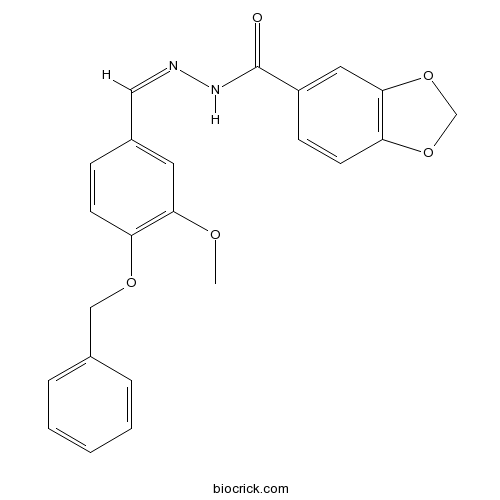Formyl Peptide Receptors
The formyl peptide receptors (FPR) belong to a class of G protein-coupled receptors involved in chemotaxis. In humans, there are three formyl peptide receptor isoforms, each encoded a separate gene that are named FPR1, FPR2, and FPR3. These receptors were originally identified by their ability to bind N-formyl peptides such as N-formylmethionine produced by the degradation of either bacterial or host cells. Hence formyl peptide receptors are involved in mediating immune cell response to infection. These receptors may also act to suppress the immune system under certain conditions. The close phylogenetical relation of signaling in chemotaxis and olfaction was recently proved by detection formyl peptide receptor like proteins as a distinct family of vomeronasal organ chemosensors in mice.
Products for Formyl Peptide Receptors
- Cat.No. Product Name Information
-
BCC5815
WKYMVMSelective FPR2 and FPR3 receptor agonist
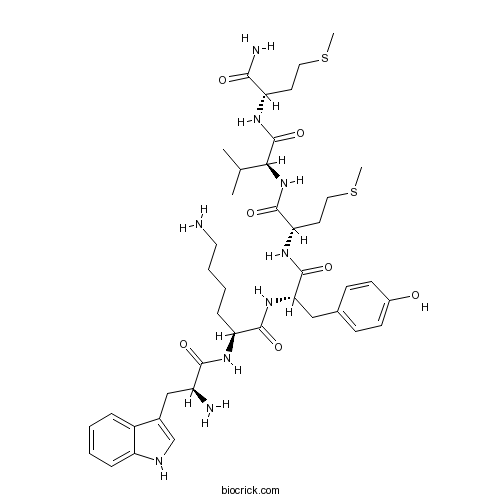
-
BCC5816
WKYMVmFPR1, FPR2 and FPR3 receptor agonist
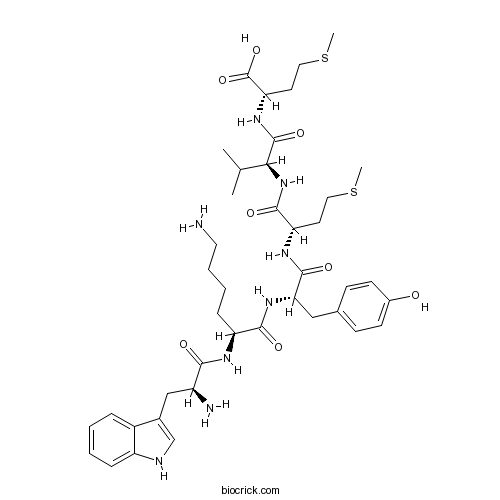
-
BCC5893
WRW4Selective FPR2 antagonist
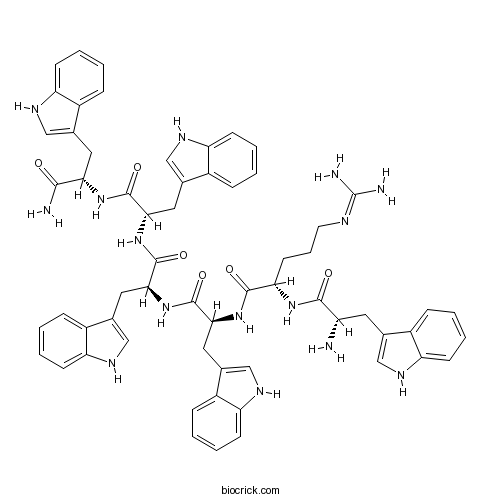
-
BCC5997
Ac9-25Annexin I N-terminal peptide; acts as a FPR1 ligand
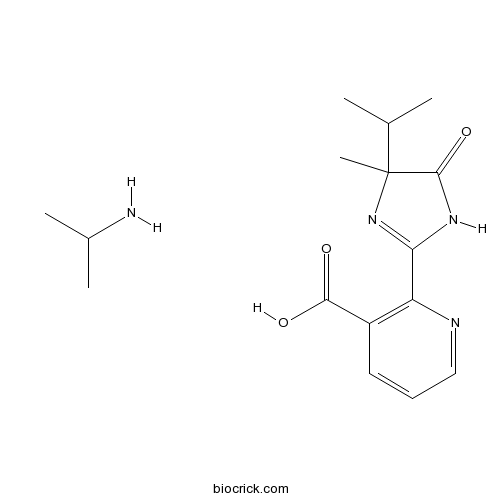
-
BCC6037
MMK 1Potent and selective FPR2 agonist
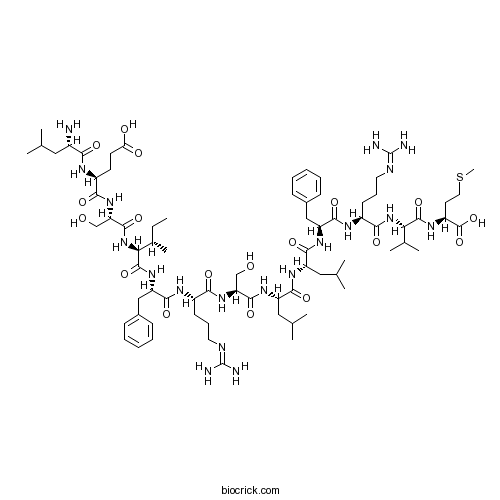
-
BCC6061
Boc-MLFFPR1 antagonist
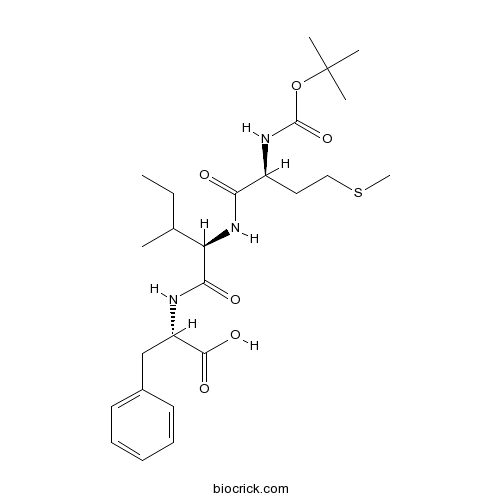
-
BCC6240
PBP 10Selective FPR2 antagonist; cell permeable
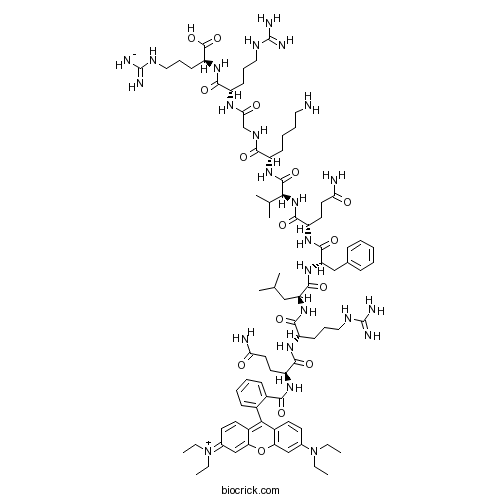
-
BCC6448
Cyclosporin HSelective and competitive formyl peptide receptor antagonist
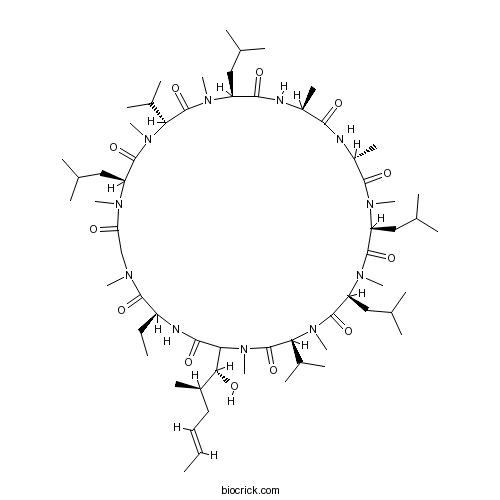
-
BCC7205
N-Formyl-Met-Leu-PheEndogenous FPR1 agonist
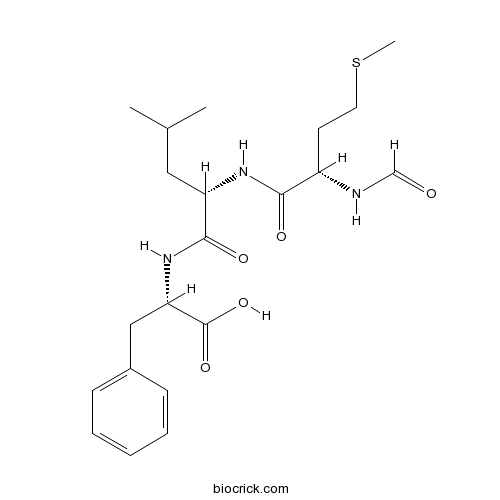
-
BCC7498
FPR A14FPR agonist
